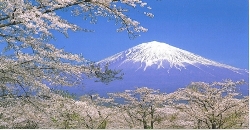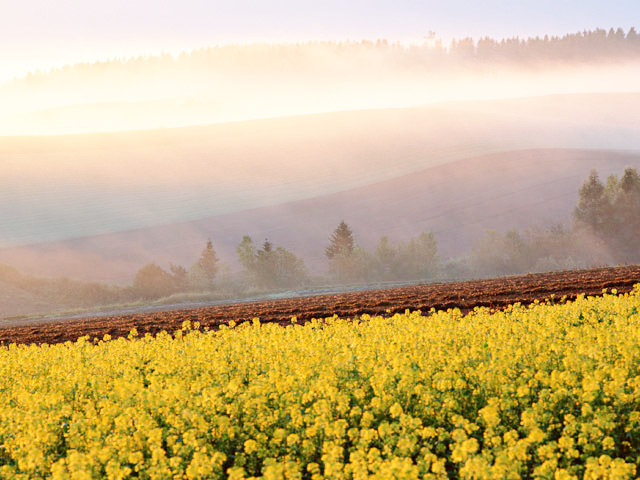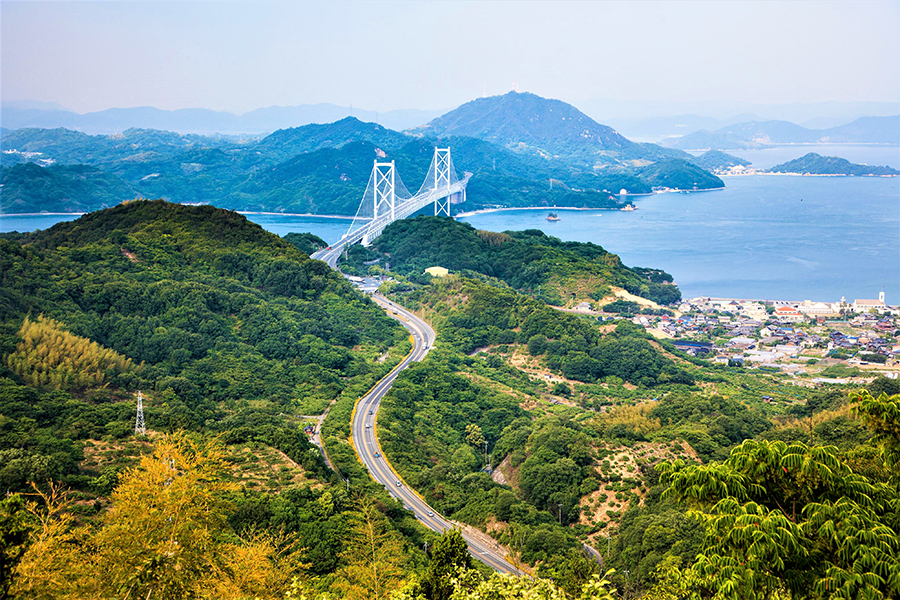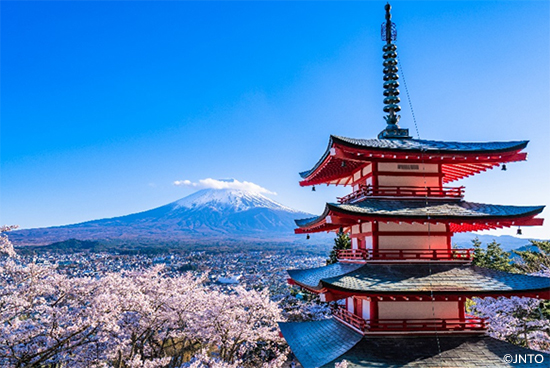Kanazawa is justifiably famous for its spectacular Kenrokuen garden and traditional geisha and samurai historic districts, but what also impresses me greatly about Kanazawa (and surrounding Ishikawa Prefecture) is the striking quality and quantity of its traditional arts and crafts. In fact, only in Kyoto can you find as varied craftsmanship with a longer history. But whereas Kyoto's traditional crafts were inspired by the imperial court that called Kyoto home for more than 1,000 years, Kanazawa's crafts arose in the land of the samurai. They owe their heritage to the remarkable Kaga clan, which ruled the region for some 300 years. In 1583, Toshiie Maeda, a retainer of the famous military genius Nobunaga Oda, was granted control over the region as the first Kaga feudal lord. He then set about transforming the small community into a thriving castle town. Over the next several hundred years, spanning 14 generations, the Kaga clan remained the second-most powerful family in Japan and controlled the largest domain in the country. Their wealth, in the form of both land and rice, was legendary. With no wars to wage, they poured their resources into the development of the arts, creating an unprecedented flourishing feudal art scene. Today, Ishikawa Prefecture boasts 36 different traditional arts and crafts, with approximately 400 craftsmen plying their trade. While each of these crafts can be regarded as works of art in their own right, what strikes me most is that they are not just art for art's sake. Rather, they are beautiful things that can be used in daily life, including things that can be worn or used for dining, playing and praying. Even more remarkable, many of these skills have been passed down from generation to generation. The best place to gain an appreciation for the prefecture's varied arts is at the Ishikawa Prefectural Museum of Traditional Arts and Crafts, which not only exhibits all 36 of the prefecture's arts and crafts but also describes the often painstaking methods in which they are created. Among the most well-known works are Kutani porcelain, Kaga Yuzen silk dyeing, Kanazawa gold leaf, Kanazawa Ohi ware, and both the Kanazawa koto (Japanese zither) and Kanazawa shamisen (three-stringed instrument).

An artisan at the Kaga Yuzen Traditional Industry Center demonstrates the painstaking craft of handpainting designs
But there are many other wonderful crafts as well, including various types of lacquerware, Buddhist altars, wickerware, umbrellas, candles, traditional toys, Taiko drums, candles, and even fireworks. Kaga Ushikubi Pongee is a textile so strong, it is said that even if it's caught on a nail, the fabric won't tear but rather will pull out the nail. You won't find a more beautiful fishing rod than the one produced here, made from young bamboo that is heated at high temperature to make it tough and then further strengthened with coatings of Urushi lacquer. Add Kaga's decorative fishing flies, using feathers of various wild birds for the lure, and it's almost enough to make me want to take up the sport. Luckily, the decorate flies are also fashioned nowadays into jewelry.

This hand-painted plate at Kutani Kosen Pottery Kiln displays the distinctive five-color glazes of green, yellow, blue, purple
What I also find fascinating is that behind every ware there's a story. Take, for example, Ohi ware. Its story begins in 1666, when the founder of the Urasenke style of tea ceremony was invited to Kanazawa by the Kaga clan. He brought with him Chozaemon Toshiro Ohi, a master at making the pottery used in the tea ceremony.

This hand-painted plate at Kutani Kosen Pottery Kiln displays the distinctive five-color glazes of green, yellow, blue, purple
Through the centuries, his descendants continued the tradition of forming shapes by hand, without use of a potter's wheel, right down to the present 10th generation, Chozaemon Toshiro Ohi, who has become one of the most influential ceramists in Japan. The Ohi Museum displays works of generations of the Chozaemon Toshiro Ohi family, while a shop sells both traditional and contemporary works by both Chozaemon Toshiro Ohi and his son.

Kaga Mizuhiki, ceremonial chords fashioned from brightly colored strands of starched paper, are displayed
There are shops everywhere in Kanazawa where you can buy Ishikawa's famous goods. After learning how much effort it takes to produce each item, usually by hand, you'll understand why prices are high. Purchase a piece of Kutani ware or a vase covered in gold leaf, and you are taking home a visual reminder of Kanazawa's remarkable history.



















































